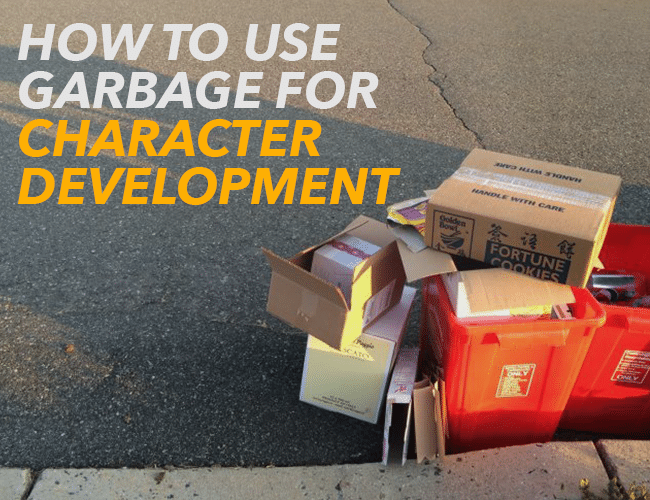
by Pamela Fernuik |
Today is garbage day in my neighborhood. Naturally, when I went for a walk with my dog Annie this morning, I looked at my neighbors’ garbage. What did people throw away? What did their trash mean? What what can we discover about a person from what they throw away, and how they throw it away?
People leave clues about their character in their trash. Today we will practice character development by writing about someone’s garbage—what they throw away.
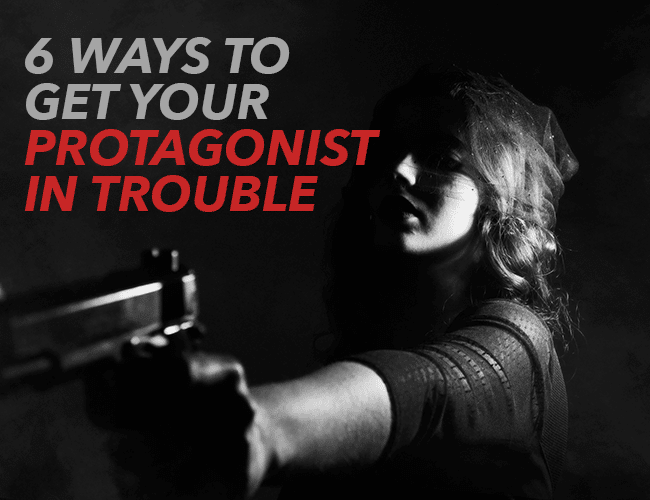
by Ruthanne Reid |
“The writer’s job is to get the main character up a tree, and then once they are up there, throw rocks at them.” So how DO you get your protagonist in a sticky situation that keeps your reader reading until you type, “The End?”
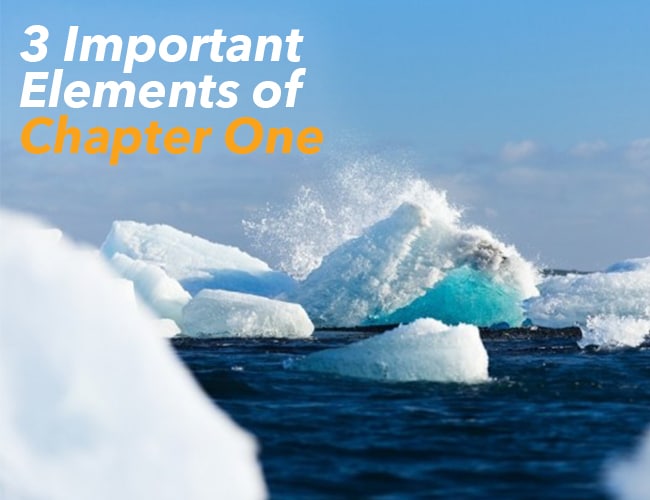
by Emily Wenstrom |
The first chapter of a novel is arguably the most important–if a reader isn’t hooked, she won’t keep reading. And if that happens, nothing else you write matters.
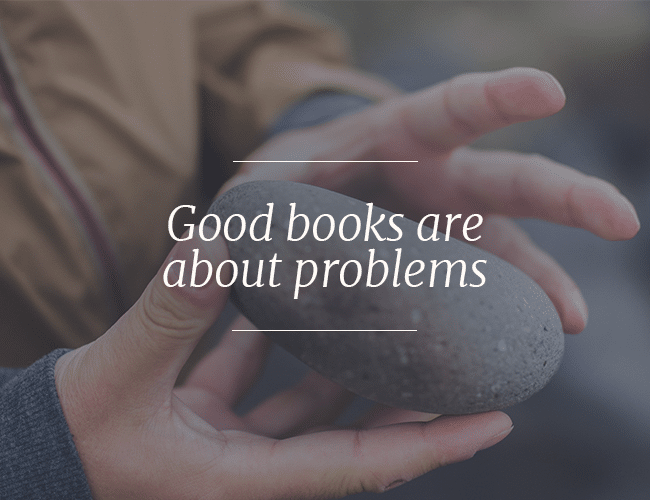
by Joe Bunting |
Good books, good stories, are about problems not solutions.
This is something I tell my students, my ghostwriting clients, my contributors on The Write Practice. I say this again and again because people rarely realize it.

by Emily Wenstrom |
A hero is no hero at all unless there is something to stand against. That’s where villains come in.
villains
We love to hate them, but they serve a critical function within the anatomy of a story, the yin to your protagonist’s yang.
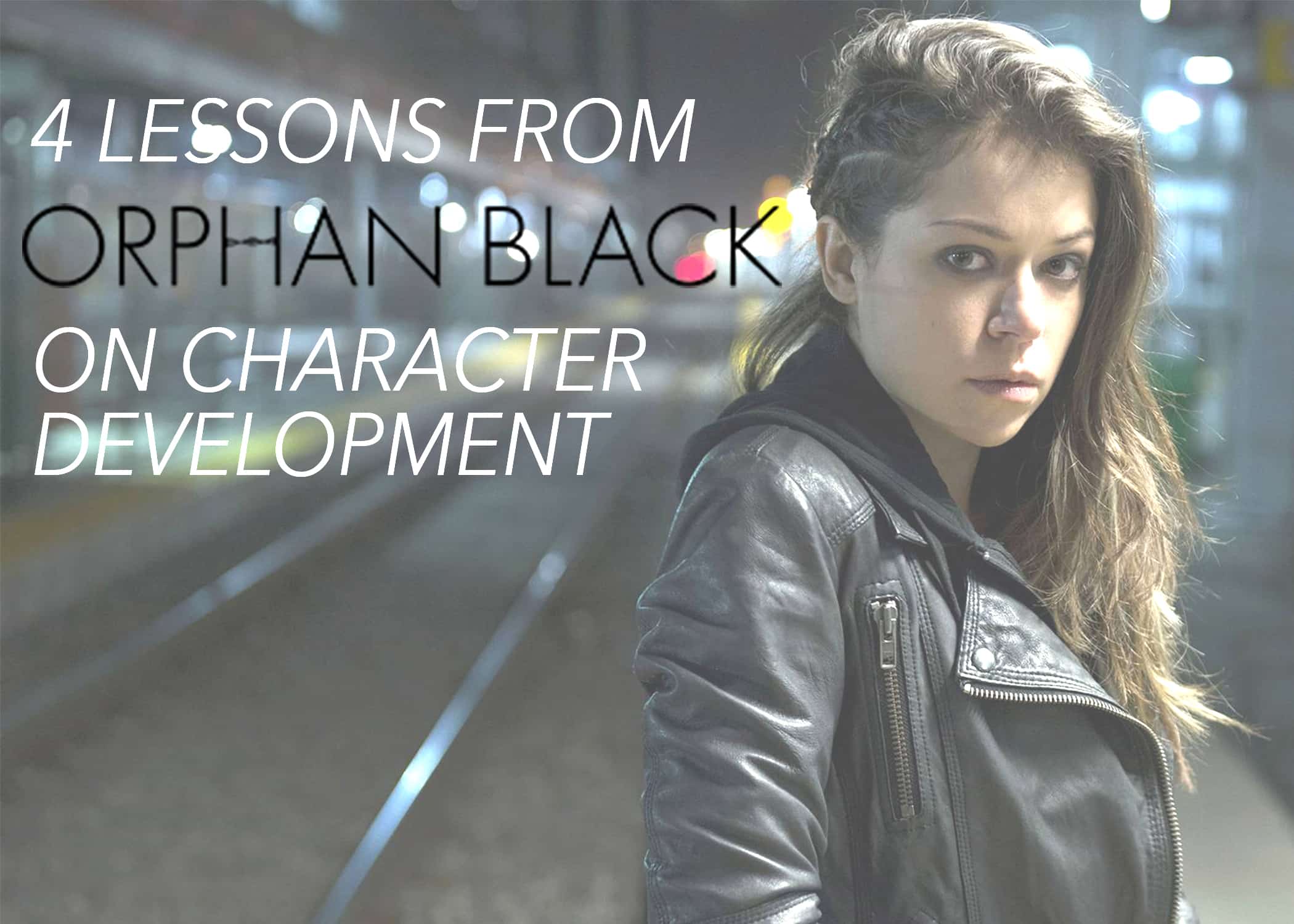
by Emily Wenstrom |
Characters are one of the most important elements of any story. And character development can be challenging to get right.
Characters are critical for drawing readers into a story. They should also be the force that pushes your plot forward. A strong character can bring the story’s entire world to life. They can make your readers cry and even feel like a real friend. A weak one can deflate an entire book like a leaky air mattress.





